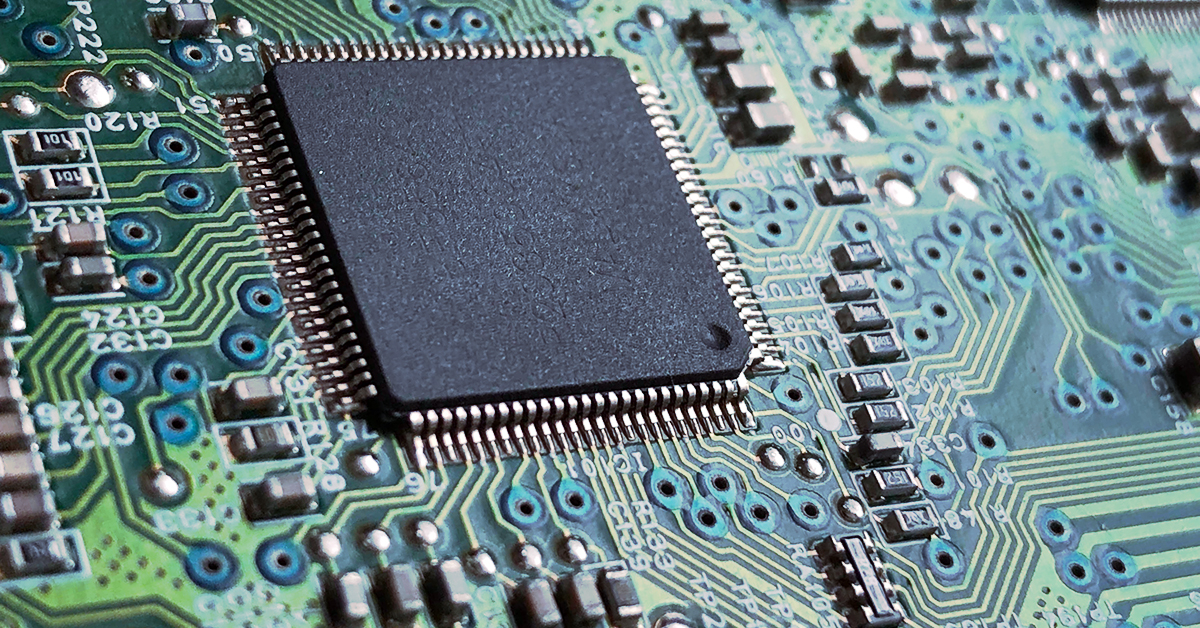
Photo by Aler Kiv on Unsplash
They say technology dehumanizes us. But not everyone buys it. It changes us, granted, but does it strip us of what makes us human – that is, exercise our intellect? As onlookers of the food chain, humans have the luxurious ability to imagine and then create a tool for just about anything. So it would appear that technology not only doesn’t dehumanize us, it defines us.
Having more options never hurt anyone. Professor Stephen Hawking surely agrees. He’d find it very hard (harder than it already is) to bless the scientific community with his ideas without the assistive technology that enables him to speak. A stranded person would give an arm and a leg for a radio. A long-distance relationship would be hard to bear without instant messaging. And so on, and so forth. Communication has benefited immensely from technological feats like the telephone, the radio, and the Internet. Below, we will focus on three often-overlooked scenarios where communication, in the absence of technology, can be a serious burden.
Doctor-at-a-distance
Not too long ago, the act of merely getting medical advice meant you had to make an appointment, jump out of bed at the crack of dawn, get dressed, drive to the clinic, talk to a receptionist, and wait with a fashion magazine in your hands for your name to be called. Today, doctors are much easier to reach thanks to the Internet. Messaging your doctor is now a common practice that saves you the energy that you’ll need to beat that flu. Email is another option for those who are inquiring less-urgent matters. Or, if you need your doctor to actually see something, video calling is now within everyone’s reach.
But it doesn’t end here. Healthcare facilities are now using social media to answer questions about practices, launch public awareness campaigns, dispense general knowledge about medication, issue reminders for tests and vaccines etc. Physicians can also perform better through telemedicine – the practice of using email, texts, and conference tools to consult other doctors and assist patients in rural and under-developed areas, or in situations when the patient can’t be moved.
Autism
When someone is building a case for technology assisting people with disabilities, paraplegia is often used as an example. We’ll focus on something slightly less obvious: autistic children. Autism is a mental condition characterized by great difficulty in communicating and forming relationships with other people. For those afflicted, it is nearly impossible to use language and abstract concepts. Thanks to Augmentative and Alternative Communication (AAC) language apps, sufferers can communicate with others and express their wishes and desires. Here’s an example.
The AAC language app Speak for Yourself was designed by two speech-language pathologists working with individuals who are nonverbal. The software is pre-loaded with 5,000 core and extended vocabulary words and can be customized for each individual. It has the capacity to hold almost 14,000 words and it takes no more than two taps to say one of them. Because motor planning remains consistent, AAC users can build language for a lifetime without re-learning known vocabulary.
Another good example of technology assisting impaired individuals is voice control. Nuance, the company responsible for Siri’s ability to listen to verbal instructions, develops solutions that allow users to dictate messages to be typed on computers and phones. This can make a huge difference in the life of a dyslexic student, as dyslexia poses great difficulty in reading and writing, despite normal intelligence and normal desire to learn.
Machines
Voice recognition applications go far beyond assisting people with disabilities. As technology evolves so does its ability to take and interpret commands. Where once computers provided us mostly with “yes” and “no” answers, today they can listen to our voice and interpret what we are saying, act accordingly, and even answer back. Machine-to-Machine (M2M) technology assists industry and business by allowing wireless and wired systems to communicate with other devices of the same type and is instrumental for the Internet of Things (IoT). Communicating with machines using natural language while also enabling the machines themselves to talk to one another has marked a huge step towards humanizing technology. Or, as some would put it, another step towards our dehumanization.
Post A Reply